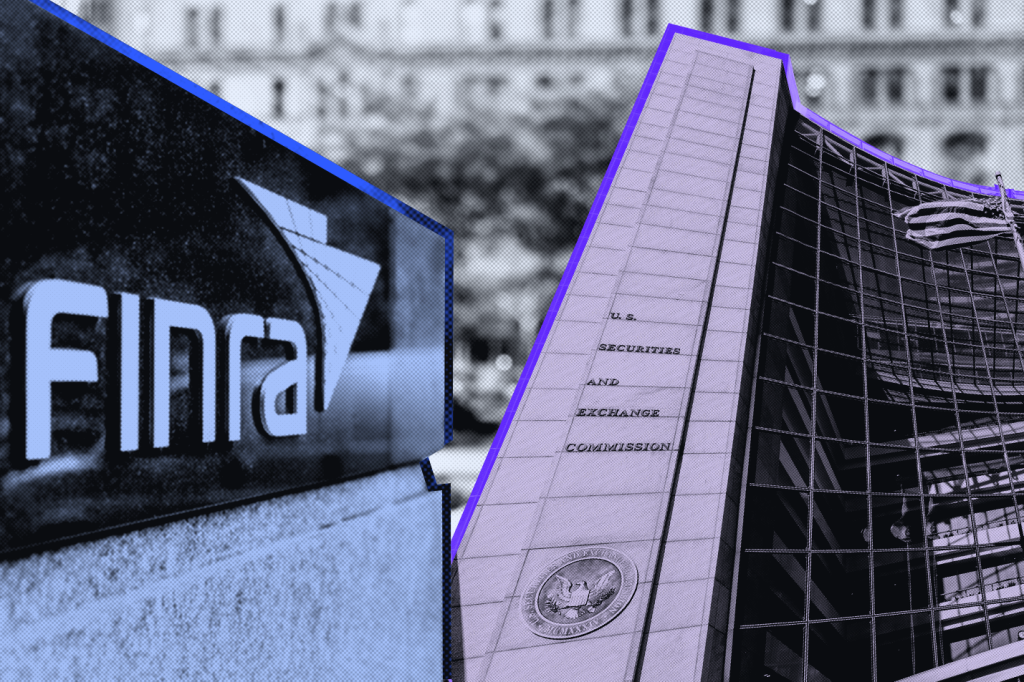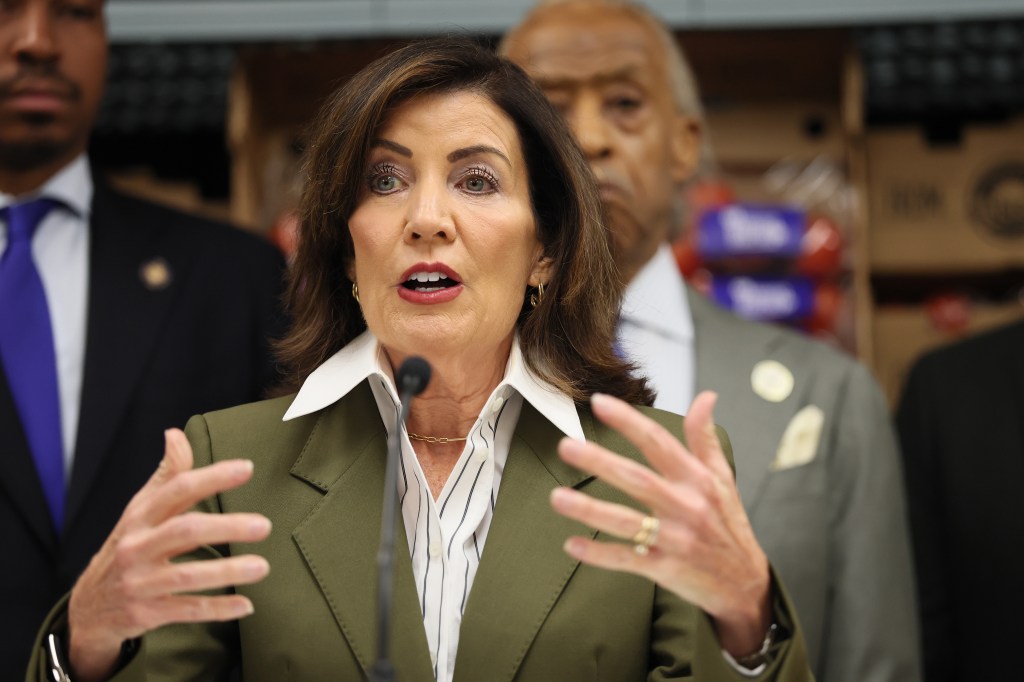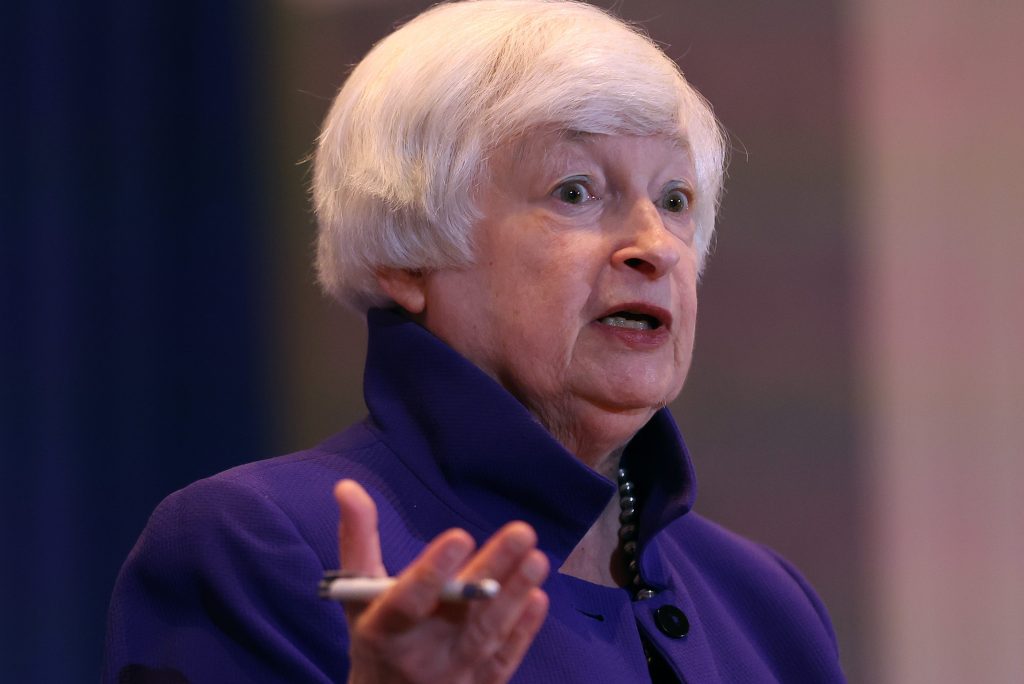Section 113 of the Dodd-Frank Act authorizes the Financial Stability Oversight Council (the Council) to subject a “nonbank financial company” to supervision by the Board of Governors of the Federal Reserve System (the Federal Reserve), including the Federal Reserve’s prudential standards. The definition of a nonbank financial company in the Dodd-Frank
Register for free to keep reading
To continue reading this article and unlock full access to GRIP, register now. You’ll enjoy free access to all content until our subscription service launches in early 2026.
- Unlimited access to industry insights
- Stay on top of key rules and regulatory changes with our Rules Navigator
- Ad-free experience with no distractions
- Regular podcasts from trusted external experts
- Fresh compliance and regulatory content every day

















